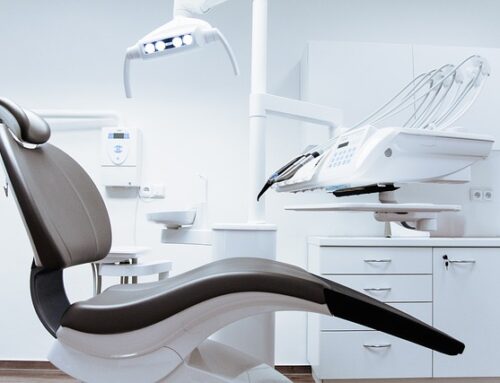As oral healthcare professionals, dentists play a critical role in diagnosing and treating various dental and oral health conditions. While their expertise primarily focuses on teeth and gums, expanding their knowledge to include craniofacial pain and temporomandibular disorders (TMD) can significantly benefit both their patients and their dental practice. In this article, we will discuss the reasons why dentists should learn about craniofacial pain and TMD, highlighting the impact it can have on patient care and professional growth.
Understanding craniofacial pain and TMD
Craniofacial pain refers to pain and discomfort in the head, face, and neck regions. It can manifest as headaches, migraines, earaches, facial pain, or jaw pain. TMD, on the other hand, refers to disorders affecting the temporomandibular joint (TMJ), which connects the jaw to the skull. Common symptoms of TMD include jaw clicking, popping, locking, muscle tension, and difficulty in opening and closing the mouth. These conditions can have a debilitating effect on a patient’s quality of life, causing chronic pain and affecting their ability to perform daily activities such as eating and speaking.
Comprehensive patient care
By expanding their knowledge to include craniofacial pain and TMD, dentists can provide comprehensive care to their patients. Many individuals suffering from chronic headaches, facial pain, or jaw discomfort often seek medical attention without realizing that their dental health may be a contributing factor. Dentists equipped with an understanding of these conditions can effectively diagnose and treat them, addressing the underlying causes and improving the overall well-being of their patients.
Accurate diagnosis and treatment planning
The signs and symptoms of craniofacial pain and TMD can be diverse and complex. Dentists who are knowledgeable about these conditions can accurately diagnose the root cause of the patient’s discomfort. This enables them to develop targeted treatment plans tailored to the individual needs of each patient. By incorporating therapies such as occlusal splints, physical therapy, orthodontics, or referral to specialists like oral and maxillofacial surgeons or orofacial pain specialists, dentists can alleviate their patients’ pain and restore proper jaw function.
Collaboration and referrals
Learning about craniofacial pain and TMD facilitates collaboration with other healthcare professionals. Dentists can work closely with physicians, neurologists, physical therapists, and other specialists to provide comprehensive care for patients with complex cases. By establishing a network of referrals, dentists can ensure their patients receive the best possible treatment, enhancing their reputation and building strong relationships with other healthcare providers.
Professional growth and market differentiation
Expanding one’s knowledge to include craniofacial pain and TMD is an opportunity for dentists to grow professionally. Acquiring expertise in these areas allows dentists to differentiate themselves from others in the field and attract patients seeking relief from craniofacial pain and TMD. Patients suffering from chronic headaches or facial pain often struggle to find effective treatment, and being known as a dentist with expertise in these areas can help expand one’s practice and contribute to the overall success of the dental clinic.
Incorporating the study of craniofacial pain and TMD into the repertoire of dental professionals is crucial for comprehensive patient care, accurate diagnosis, and effective treatment planning. By expanding their expertise in these areas, dentists can provide relief to patients suffering from chronic pain, improve their quality of life, and contribute to their own professional growth. As the field of dentistry continues to evolve, embracing new knowledge and skills becomes essential in providing the best possible care to patients.





